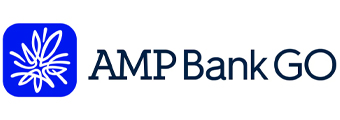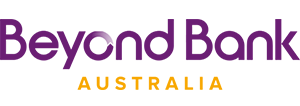In the ever-evolving landscape of Australian finance, Bank Australia stands out as a beacon of progressive banking.
Created from a merger of 72 credit unions and cooperatives, some of which were born as long ago as 1957, Bank Australia broke out onto Australia’s banking scene in 2011 and adopted the name we now know in 2015.
It’s now Australia’s fourth-largest customer-owned bank with more than $12 billion in assets.
But it's the bank’s recent green strides that have really put it on the map.
More recently, it has acquired Australian Unity and Qudos Bank, and becomes the fourth-largest customer-owned bank in terms of assets, behind People First Bank, Newcastle Greater Mutual, and Great Southern Bank.
A commitment to ethical banking
Bank Australia is a customer-owned bank. This means that everyone has an equal shareholding of the bank. This structure typically means profits are returned to customers through better rates, and invested in projects that align with their values.
So what are the values Bank Australia promises to stand by? The answer is ‘ethical banking’. It doesn’t invest in fossil fuels, live animal exports, military weaponry, tobacco, or gambling.
Bank Australia also has B Corporation credentials, one of only eight banks in Australia to achieve this, meaning it is certified as having demonstrated a high social and environmental performance.
It aims to be carbon neutral by 2035, runs exclusively on renewable energy, and manages 2,117 hectares of conservation reserve in Victoria. Customers can also help steer the projects funded through the bank’s impact fund, which receives up to 4% of its annual profits.
Innovative banking solutions
Bank Australia appears to have a strong focus on innovation. It promises a range of digital banking solutions that cater to the modern consumer. Its app and online banking platform offers features like instant payment notifications and budgeting tools.
However, its network of physical branches is limited compared to larger banks. This could be an inconvenience for customers who prefer in-branch banking services or live in areas without easy access to a branch.
Rates and fees
Bank Australia offers relatively competitive interest rates, however few of its products could be considered market leading.
Its product range is also slightly smaller than those of some larger banks. Customers looking for a wide variety of financial products and services might find the offerings of Bank Australia somewhat limited.
However, the bank does offer competitive interest rates on its Clean Energy Home Loan products, available to homes with energy efficient upgrades or designs.
It also advertises itself as having fair fees on its products, largely due to the fact it's a mutual bank.
A bank for the future
Bank Australia represents a blend of traditional banking principles with a modern, ethical twist.
It might appeal to those who value transparency, ethical investment, and community engagement.





